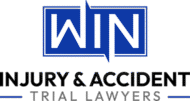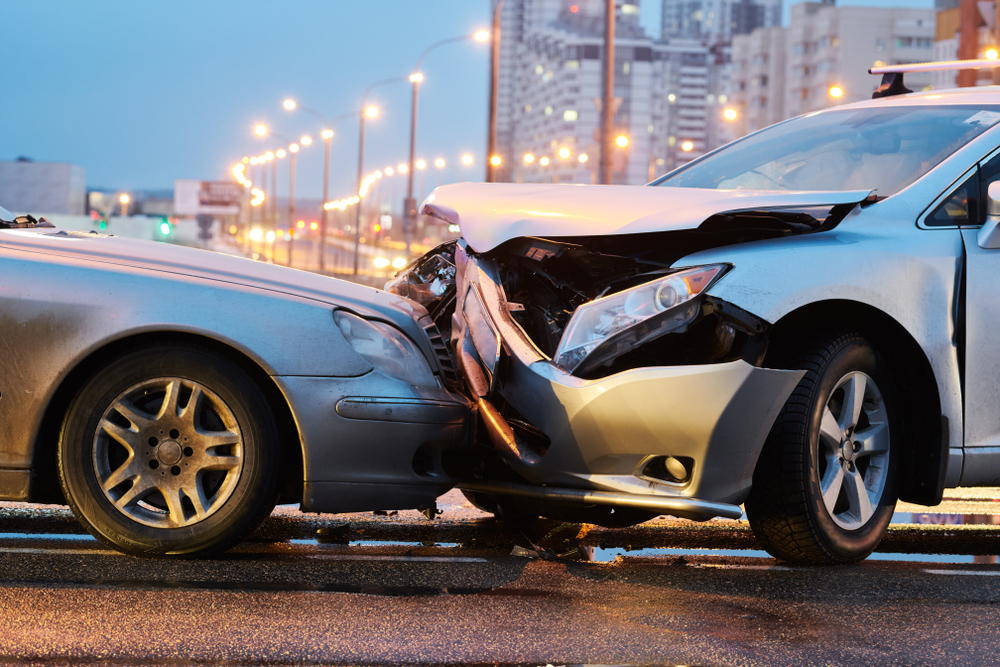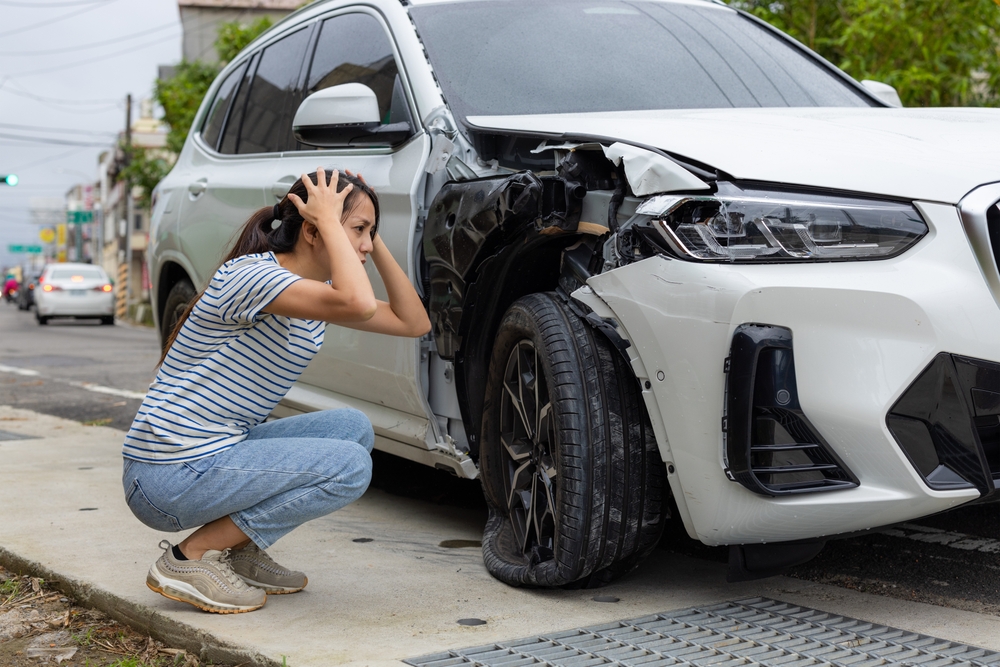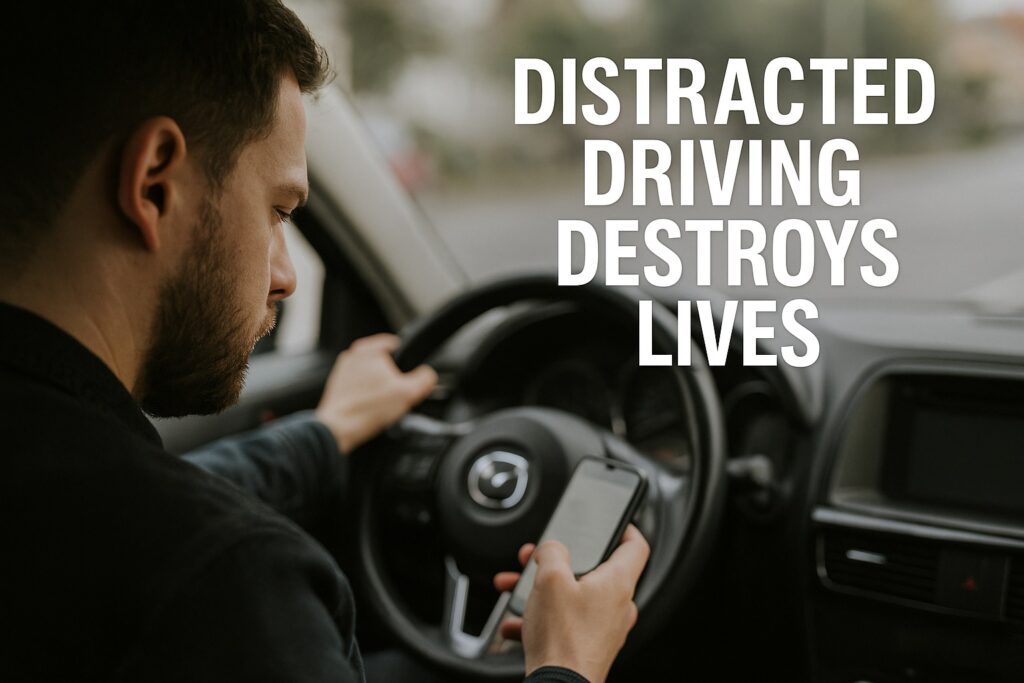
Distracted driving has become one of the leading causes of car accidents in California and across the nation. Despite laws banning texting and handheld phone use, distracted driving remains an epidemic on our roads. In fact, the California Office of Traffic Safety reports that thousands of collisions each year are directly tied to drivers who take their eyes off the road—even for a few seconds.
If you’ve been injured in a distracted driving accident, you need to know your rights. This article explains what counts as distracted driving, why it’s so dangerous, and how victims can pursue justice.
What Is Distracted Driving?
Distracted driving means operating a vehicle while focusing on anything other than the road. It comes in three main forms:
- Visual distractions – taking your eyes off the road (e.g., looking at a text, checking GPS, rubbernecking).
- Manual distractions – taking your hands off the wheel (e.g., eating, adjusting the radio, reaching for something).
- Cognitive distractions – taking your mind off driving (e.g., daydreaming, talking with passengers, voice-to-text dictation).
Texting while driving is especially dangerous because it combines all three forms of distraction at once.
Why Distracted Driving Is So Dangerous
The National Highway Traffic Safety Administration (NHTSA) estimates that reading or sending a text takes your eyes off the road for about five seconds. At highway speeds, that’s like driving the length of a football field blindfolded.
Distracted driving crashes often result in:
- Rear-end collisions
- Lane departure accidents
- Pedestrian and cyclist injuries
- Multi-vehicle pileups
These accidents can cause serious injuries such as whiplash, traumatic brain injuries, spinal damage, broken bones, and even wrongful death.
California’s Distracted Driving Laws
California has some of the strictest distracted driving laws in the country. Key rules include:
- No handheld phone use while driving (Vehicle Code §23123).
- No texting while driving (Vehicle Code §23123.5).
- Hands-free use only is permitted (e.g., Bluetooth, dashboard mounts).
- Drivers under 18 are prohibited from using phones at all, even hands-free.
Violations can result in fines and points on your license. More importantly, breaking these laws can be used as evidence of negligence in a personal injury claim.
Proving Distracted Driving in an Accident Case
One of the challenges in these cases is proving that the at-fault driver was distracted. Evidence may include:
- Cell phone records showing calls or texts at the time of the crash
- Surveillance or traffic camera footage
- Eyewitness testimony
- Police reports citing distracted driving
- Vehicle “black box” data or GPS logs
An experienced lawyer can issue subpoenas and conduct discovery to uncover this crucial evidence.
What to Do If You’re Injured by a Distracted Driver
If you believe the driver who caused your accident was distracted, here’s what you should do:
- Call 911 and get a police report.
- Seek medical attention immediately (even if you feel okay).
- Take photos and gather evidence from the scene.
- Get witness contact information.
- Do not speak with the insurance company before consulting a lawyer.
Protect Your Rights with WIN Trial Lawyers
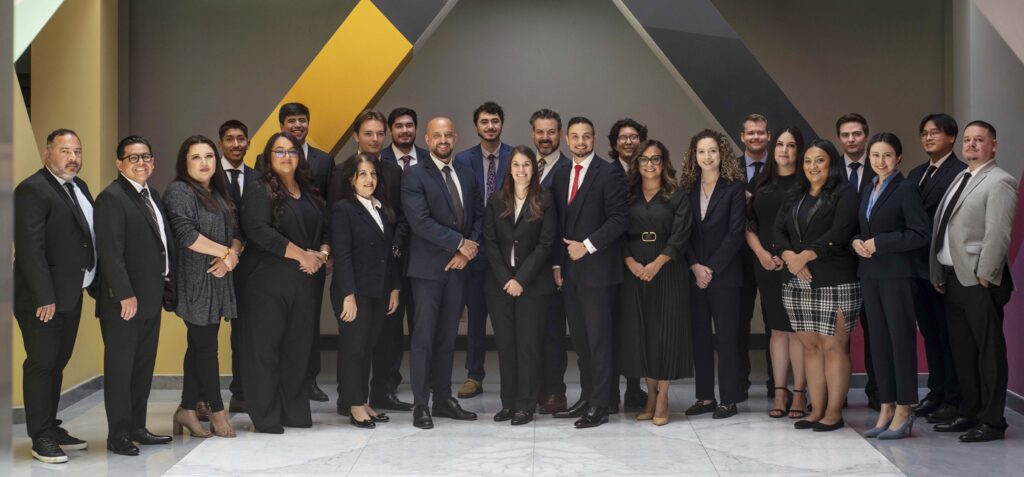
At WIN Trial Lawyers, we know how devastating distracted driving accidents can be. Victims often face mounting medical bills, lost wages, and emotional trauma. Our team has successfully taken on insurance companies and distracted drivers, recovering millions for injured clients.
We understand the evidence needed to prove distraction and hold negligent drivers accountable. From securing phone records to presenting expert testimony, we build cases strong enough to win in settlement negotiations—or at trial.
If you or a loved one has been injured in a distracted driving accident, don’t face this alone. The sooner you act, the stronger your case will be.
